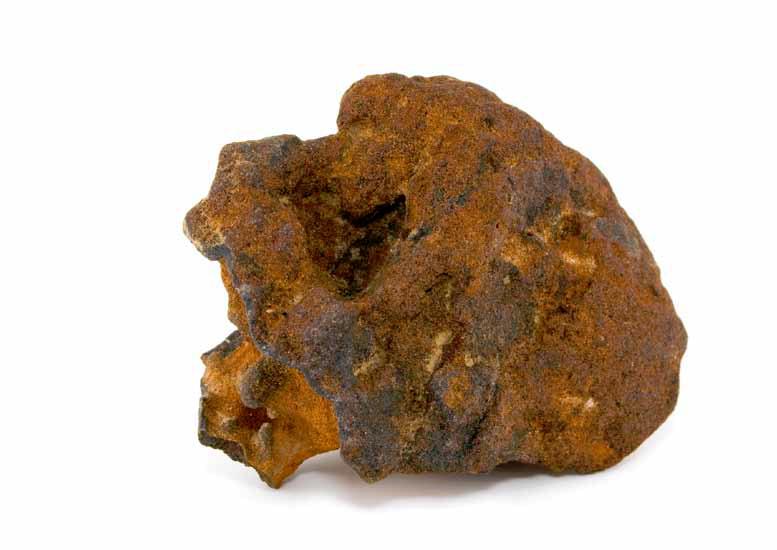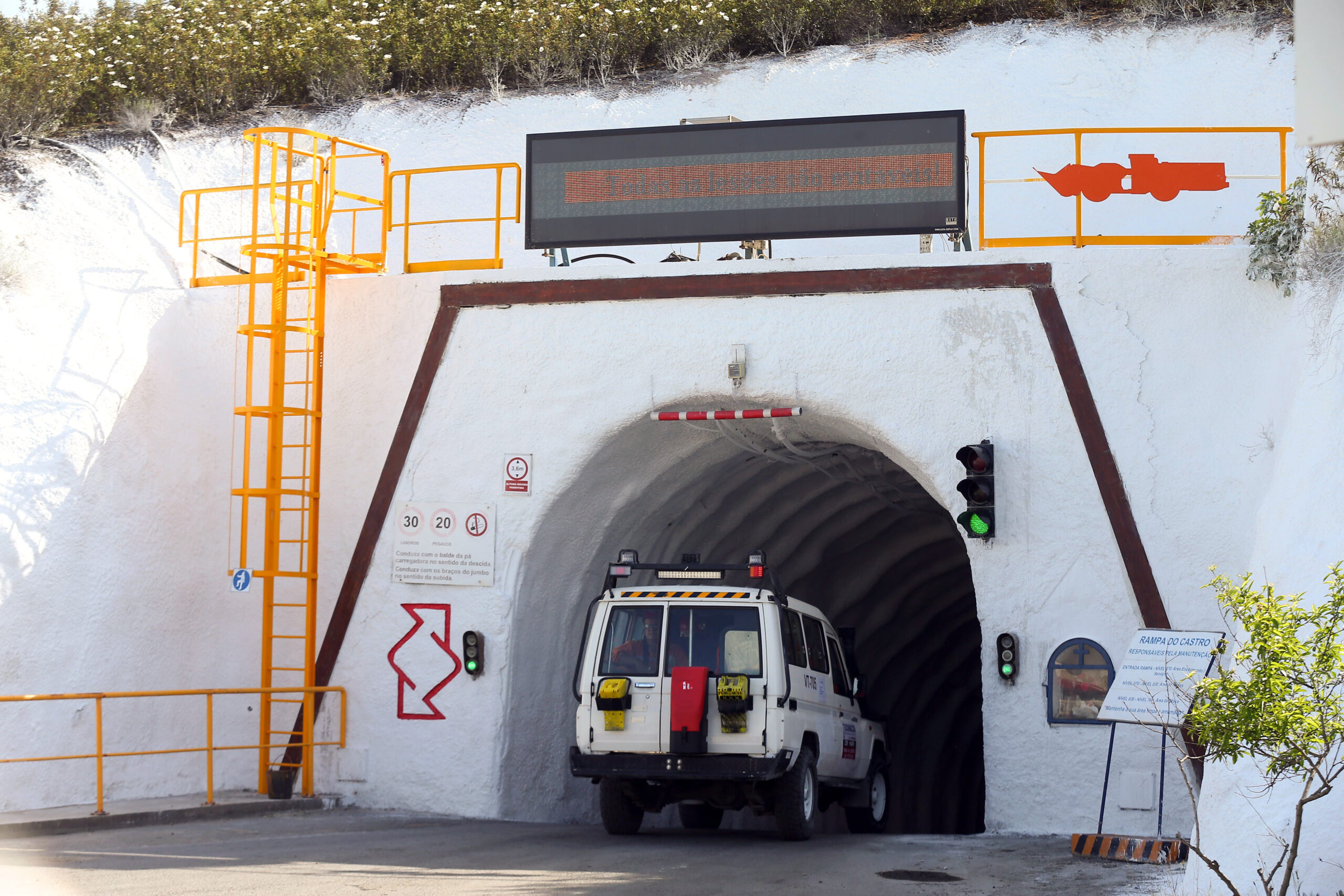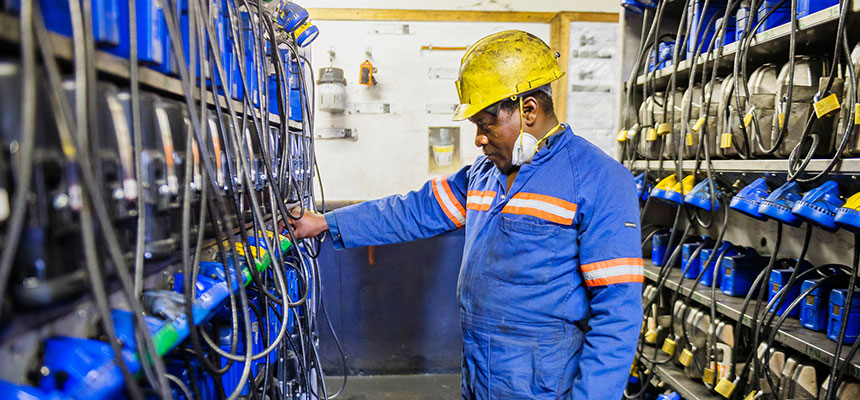
A new report offers an insight into the dynamics driving the iron ore market, and a market outlook to 2020.
With the disruption of supplies from India, concerns over slowing economic growth in China, and the effects of large stockpiles forcing the price of iron ore through a series of supposed "price floors", the iron ore industry has faced a turbulent time during 2011 and 2012. While the price of iron ore appears set to make a partial recovery, Roskill's new report offers a deeper level of insight into the dynamics driving the market, and offers a market outlook to 2020.
From 2006 to 2011, the promise of a high return on investment led to a decrease in the concentration of corporate control of seaborne trade in iron ore. During this period, the share of seaborne trade controlled by Rio Tinto, BHP Billiton and Vale (the "Big Three") fell to 57.3 percent of the world total. This trend is expected to reverse to 2020, as the limited availability of capital will make securing project financing increasingly difficult for emerging producers. Much of the increase in capacity is expected to come from capacity expansions in Australia and Brazil and from projects backed by leading steel producers seeking to secure future supply.
Downward revisions in the long-term outlook for iron ore demand and prices are likely to lead to the delay, suspension or cancellation of a large number of projects. Nonetheless, Roskill estimates that 425 million tonnes per year (mtpy) of nameplate capacity will be added from the middle of 2012 to the end of 2014 and that capacity additions will continue to exceed 100mtpy through to 2020. These additions are likely to exceed demand growth and mostly represent low to medium-cost operations. Consequently, producers at the higher end of the cost curve—particularly those in China—will gradually find themselves unable to compete in the open market.
In 2012, a destocking phase among steel producers depressed demand for iron ore and the World Steel Association expects apparent consumption of finished steel products to grow by only 2.1 percent in 2012, down from 6.2 percent in 2011. A partial recovery appears likely, as the construction sector in China and increased infrastructure spending will support growth in demand. During the period to 2020, however, rising demand from other emerging nations is unlikely to fully offset the slowing pace of growth in the intensity of steel use in China, as this country approaches a peak in per capita steel consumption.
Roskill expects growth in apparent crude steel use to average 2.9 percent per year from 2012 to 2020. Owing to the ongoing shift of steel production to countries with a higher use of iron ore per unit of steel, Roskill forecasts that demand for iron ore, at 3.1 percent per year, will marginally outpace steel demand, despite a relative increase in the use of scrap metal.
Uncertainty over the Eurozone affects the iron ore industry through its effect on demand, as well as through the reduced availability and higher cost of capital. Other risk factors include growing resource nationalism, particularly in Africa, highly unpredictable energy costs, rising labour costs, and the fate of the Indian mining industry following the mining bans in Goa and Karnataka states.
As new capacity comes on-stream, the industry's price floor will gradually drop and Roskill expects that the US$100/t price level will be repeatedly tested and eventually broken towards 2015. In its baseline scenario, and adjusting for inflation, Roskill expects that prices may trend towards US$85 to US$95/t during 2016 to 2020.
Roskill’s report provides a detailed view of the iron ore industry, with subsections on resources, world production, leading mining and processing companies, world consumption, demand by end-use sector, international trade and prices.













